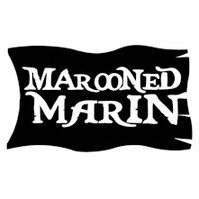Sign in to follow this
Followers
0

[DIGITAL] TUTORIAL: How to make custom digital sails for Studio.io
By
Marooned Marin, in Pirate MOCs
-
Recently Browsing 0 members
No registered users viewing this page.
